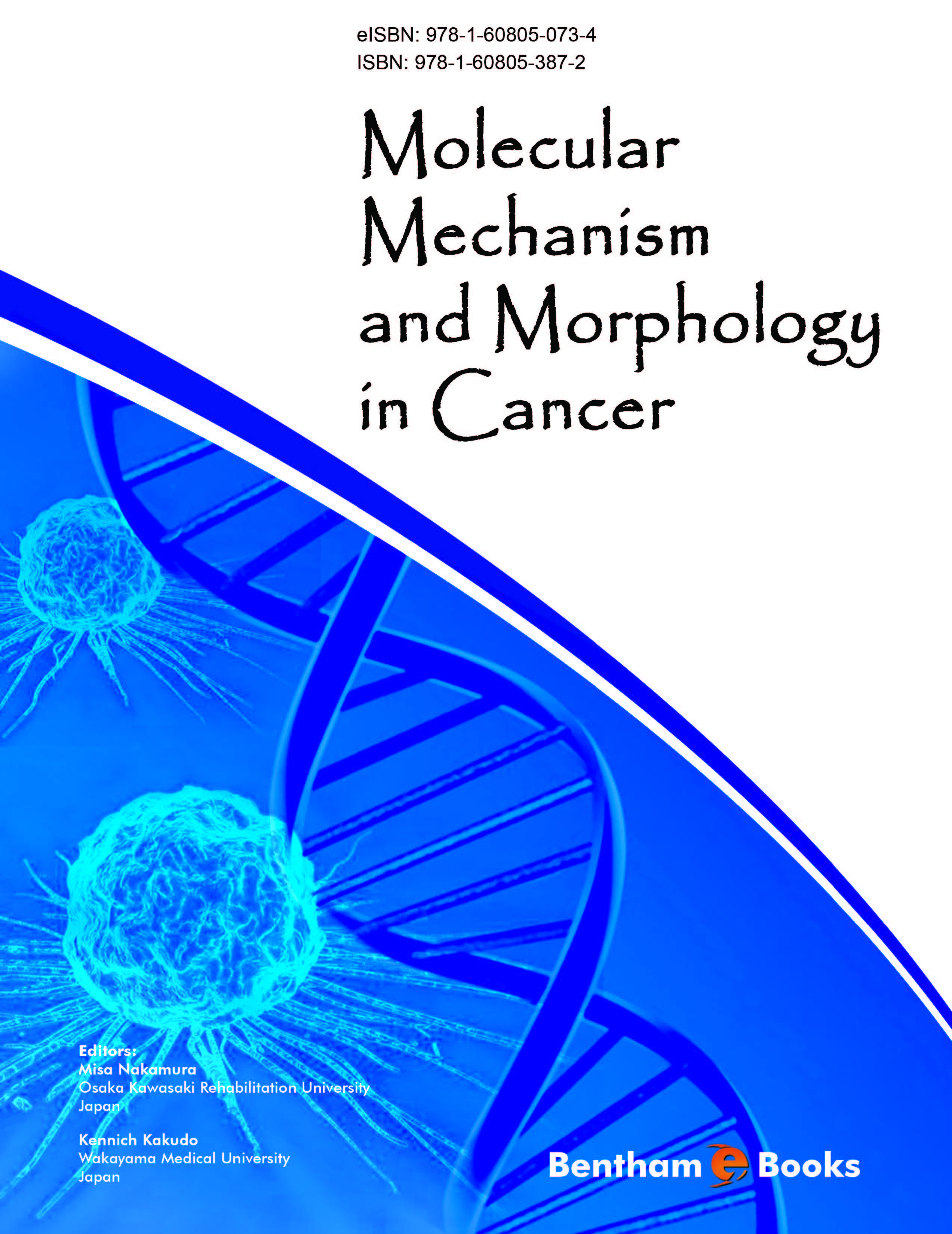Introduction
The WHO report estimates that 12 million people will be diagnosed with some form of cancer this year. In addition, the report predicts that more than 7 million people will die early from the disease. Together, the number of cancer cases and deaths from cancer are expected to increase by one percent each year. Cancer research has seen remarkable advancements, including the multi-step carcinogenesis theory and the identification of a cancer stem cell. These advancements are being applied to clinical therapies targeting the oncogene. In addition, the function of the gene product is becoming clear through analysis of the intracellular signaling of the oncogene. As a result, it has become clear that the morphologies of the cancers depend on the kind of the abnormal gene. Of course, these differences would influence patient’s life and death and is summarized by specialists in this area. This theme includes the full range of human diseases regarding medical genetics, biochemistry, microbiology, immunology, anatomy, pathology, structural biology, molecular cell biology, neuroscience and developmental biology. The eBook contains articles written by specialists in this area. It should prove to be of great use to clinicians and scientists in all medical fields.

